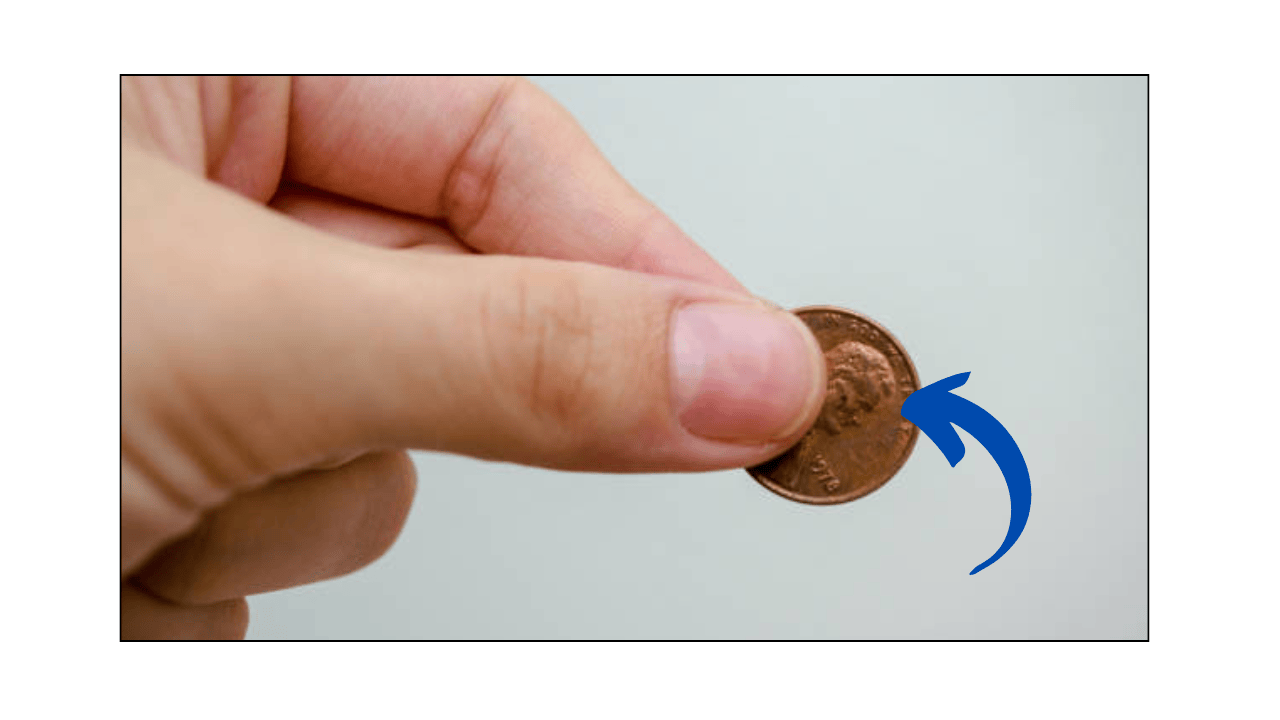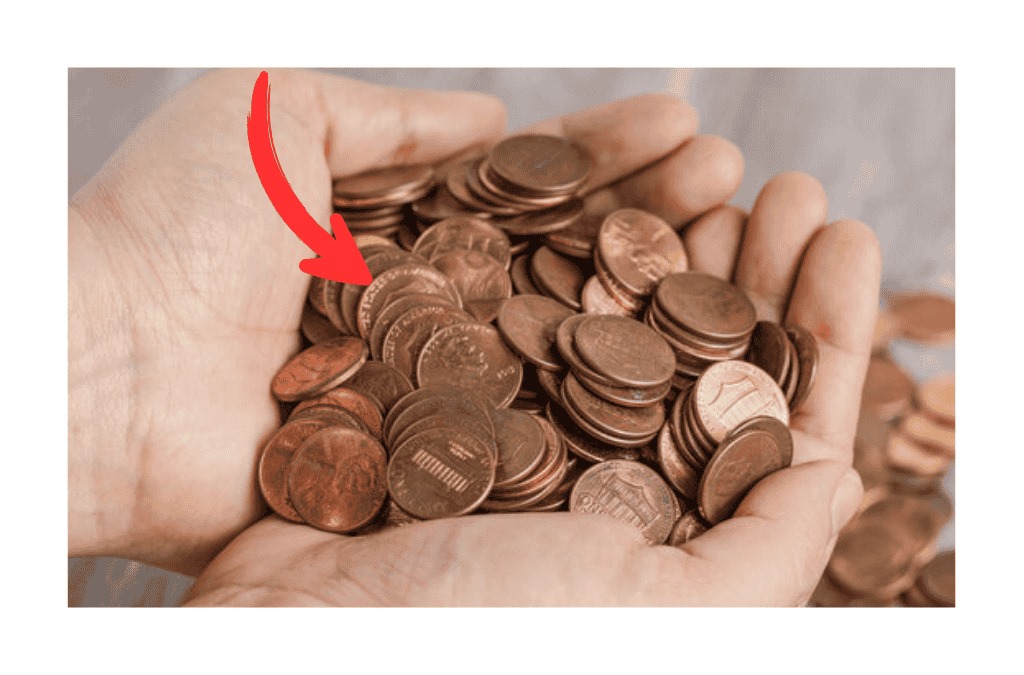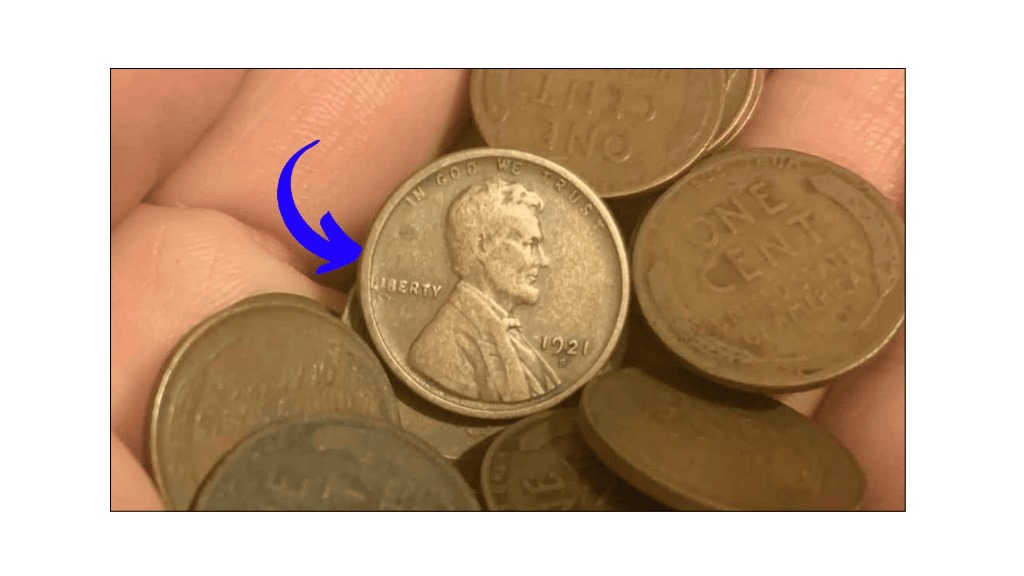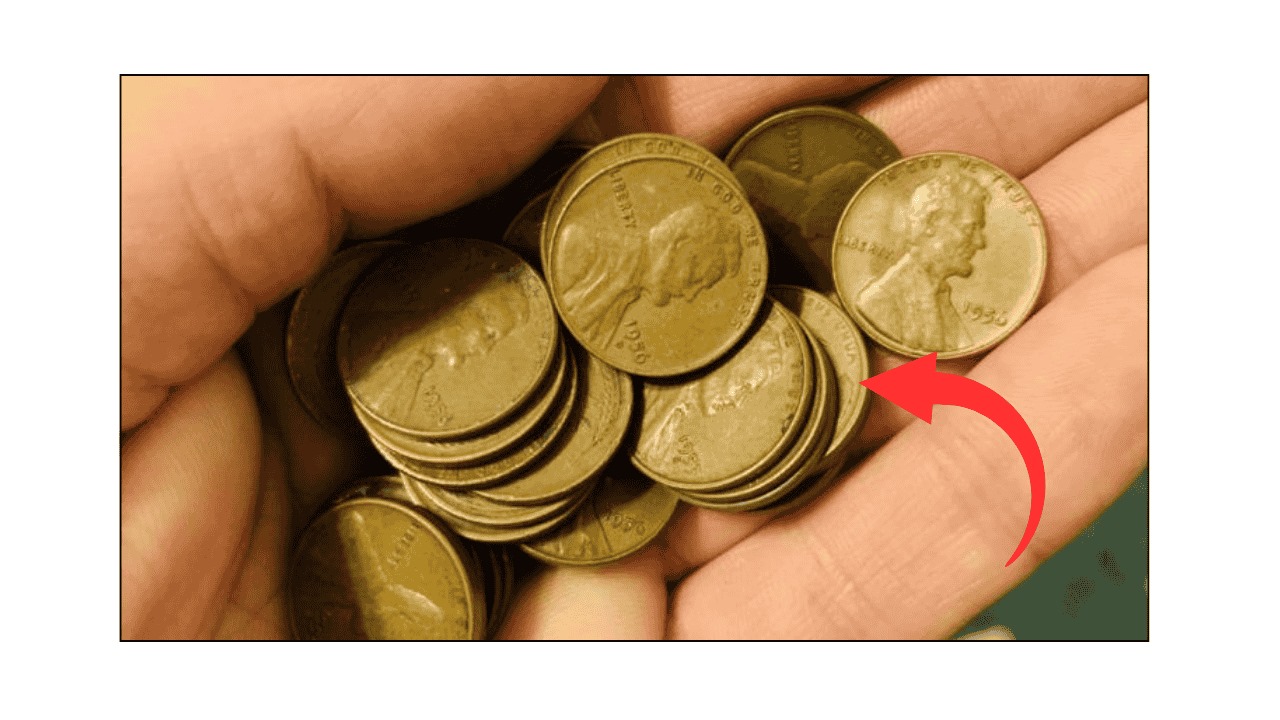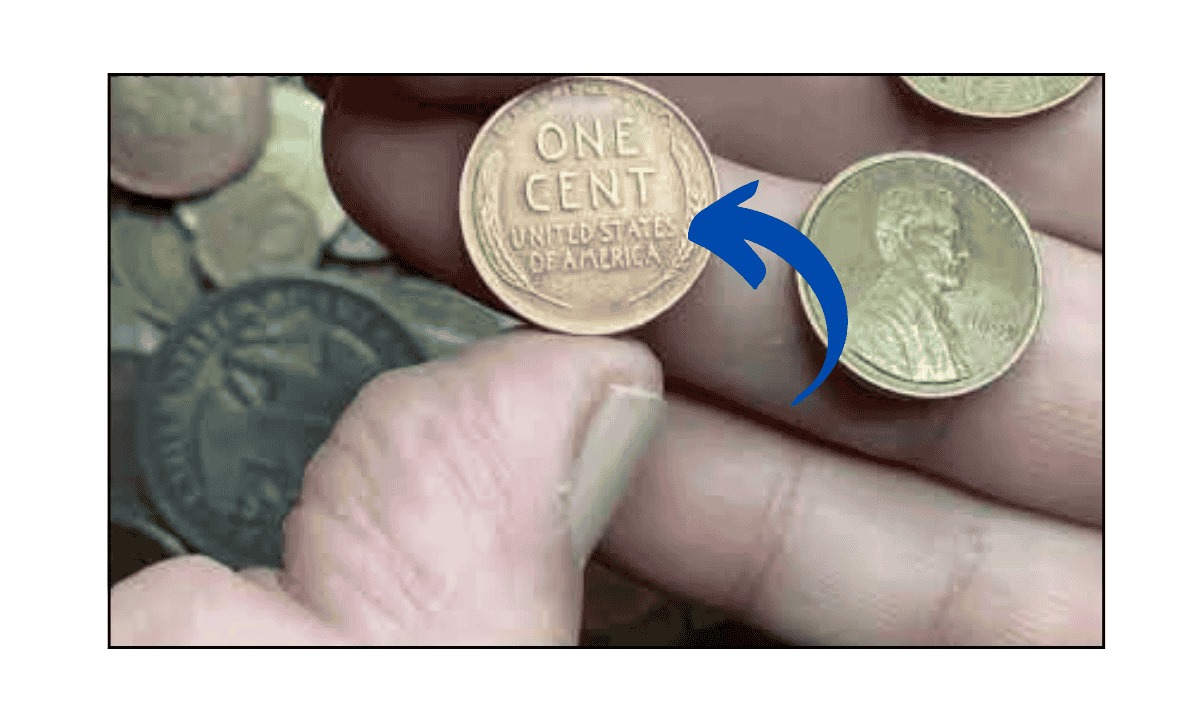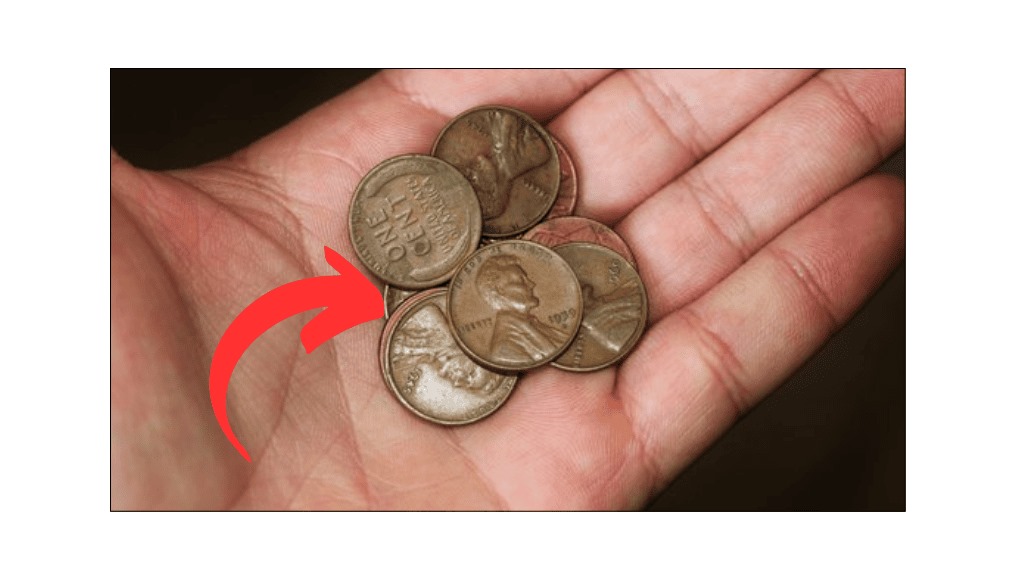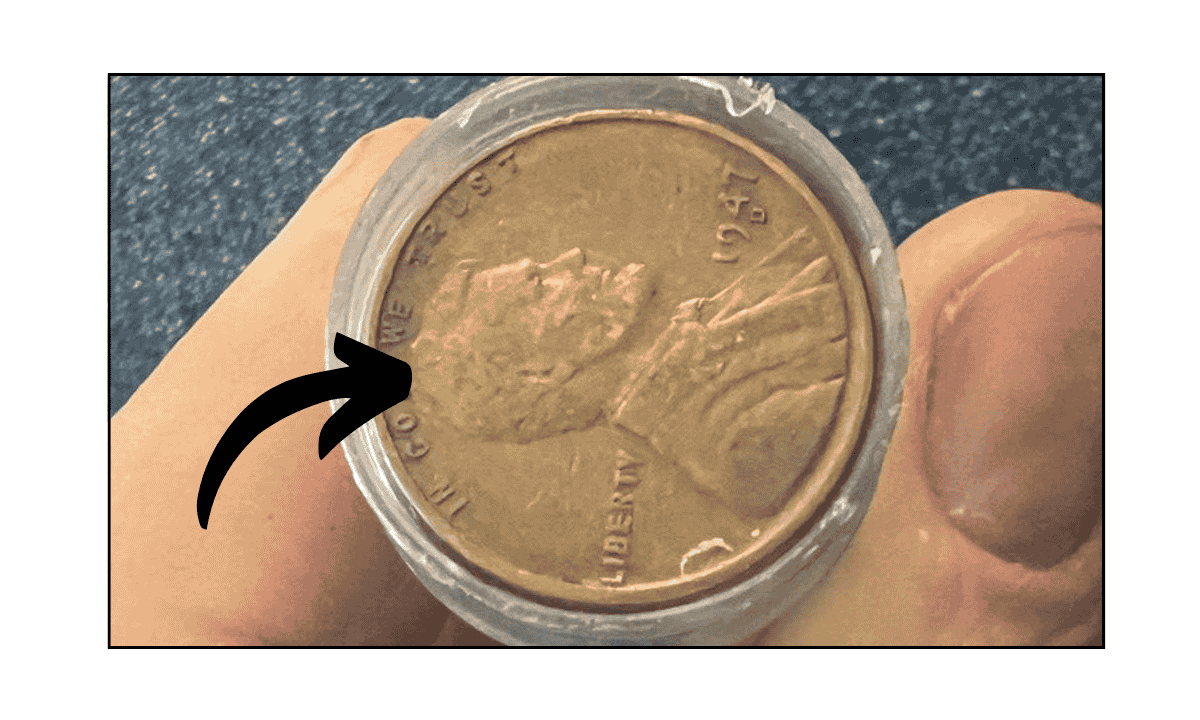The Lincoln Wheat penny, one of the most well-known coins in American history, continues to capture the imagination of collectors and enthusiasts alike. Initially introduced in 1909, this penny became famous for its distinctive design, featuring the profile of President Abraham Lincoln on the obverse side and two stalks of wheat on the reverse.
Over time, however, one particular Lincoln Wheat penny has gained much more attention than others due to its incredible value. Despite being well over a century old, this coin is still in circulation today, surprising many with its price tag that could reach up to $2,520,000.
What Makes the Lincoln Wheat Penny Special?
The Lincoln Wheat penny, which was minted from 1909 to 1958, was designed by Victor David Brenner. This coin was created to commemorate the 100th anniversary of Abraham Lincoln’s birth. The penny was initially produced in large numbers, making it relatively easy to find today. However, certain years and editions of the Lincoln Wheat penny are considered more valuable due to factors such as rarity, condition, and unique characteristics.
The most famous of these rare pennies is a specific 1943 Lincoln Wheat penny. In 1943, the U.S. Mint changed the material of the penny from copper to steel due to the wartime need for copper. However, a small number of copper pennies were mistakenly minted that year. These rare copper pennies, known as the “1943 copper penny,” are considered among the most valuable coins in the world today.
The 1943 Copper Penny: A Coin Worth a Fortune
The 1943 copper Lincoln Wheat penny is an extremely rare error coin that has caught the attention of collectors and investors. It is estimated that only a few dozen of these coins were minted by mistake, and they have since become highly sought after. In fact, the value of a 1943 copper penny in excellent condition can be as high as $2,520,000 at auction.
Why is this penny worth so much? Its rarity is the primary reason. Out of the millions of pennies that were minted in 1943, only a handful were produced in copper. The other pennies made that year were composed of zinc-coated steel. The copper version of the penny, therefore, stands out as a rare error that collectors are willing to pay a premium for. Over the years, several of these rare pennies have been sold for millions of dollars at auction.
How to Identify a Valuable Lincoln Wheat Penny
If you are wondering whether you have a Lincoln Wheat penny that could be worth a small fortune, there are a few key factors to consider. First, you’ll need to identify the year and mint mark on the coin. The Lincoln Wheat pennies were minted from 1909 to 1958, so anything outside this range is not part of the series. Pennies minted in specific years, like the 1909-S VDB or the 1914-D, are also known to be more valuable due to their rarity.
Another important factor is the coin’s condition. Coins that are in mint condition, with little to no wear and tear, are worth more than those that are heavily circulated. Coins that have been graded by a professional grading service can fetch much higher prices than ungraded ones. Collectors will often look for coins with high-quality details, sharp edges, and little to no discoloration.
Why Are Some Lincoln Wheat Pennies So Valuable?
The value of a Lincoln Wheat penny depends on several factors, but rarity and demand are the most crucial. Some years of the coin are considered rarer than others, either because fewer were minted or because fewer have survived in good condition. Additionally, error coins, such as the 1943 copper penny, often fetch much higher prices due to the mistake in the minting process.
Another reason why some Lincoln Wheat pennies are so valuable is the historical significance behind them. As they represent a time of great change in America, many collectors are drawn to the idea of owning a piece of history. The story behind the creation of the Lincoln Wheat penny, as well as the design choices made by the U.S. Mint, adds an extra layer of value to the coin.
Can You Still Find Valuable Lincoln Wheat Pennies Today?
Despite being in circulation for more than a century, it is still possible to find valuable Lincoln Wheat pennies today. While most of the coins you’ll come across will be worth only a few cents, it’s not impossible to find a rare or valuable penny by luck. Some people have found valuable coins in their spare change, and others have purchased rolls of pennies from the bank, hoping to strike gold.
If you are searching for valuable Lincoln Wheat pennies, it’s essential to examine any pennies from the 1909-1958 range carefully. Pay particular attention to the year, mint mark, and the condition of the coin. You might want to keep an eye on local coin shops, auctions, and even online platforms where collectors buy and sell rare coins.
The Lincoln Wheat penny, particularly the rare 1943 copper version, continues to hold incredible value despite being in circulation for over a century. Coins that are rare due to minting errors or unique characteristics can fetch enormous prices, with some Lincoln Wheat pennies valued at over $2,500,000.
While it’s unlikely that you’ll stumble upon one of these rare coins in your pocket change, it’s always exciting to search through old pennies and see if you’ve got a little piece of history worth a fortune. If you happen to have a rare Lincoln Wheat penny in your collection, it could just be your ticket to a small fortune.
FAQs
Why is the Lincoln Wheat Penny worth $2,520,000?
It’s mainly because of its rarity. The 1943-D bronze penny was a minting mistake during World War II. Only a few exist, and one in perfect condition was valued at $2.52 million.
How can I identify a rare Lincoln Wheat Penny?
Look for rare years like 1943 bronze, 1955 double die, and 1909-S VDB. Also, check for mint marks and ensure the coin is in good condition.
Can I find this penny in circulation?
Yes, although it’s very rare. Some have been found in old collections or even received as change. It’s worth checking your coins carefully.
What should I do if I find a rare penny?
Don’t clean the coin. Keep it safe and take it to a professional coin grading service or appraiser for evaluation.
